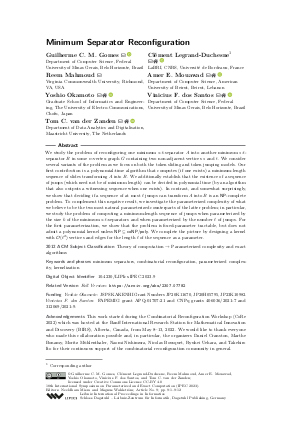LIPIcs.IPEC.2023.9.pdf
- Filesize: 0.79 MB
- 12 pages

 Creative Commons Attribution 4.0 International license
Creative Commons Attribution 4.0 International license
















Feedback for Dagstuhl Publishing